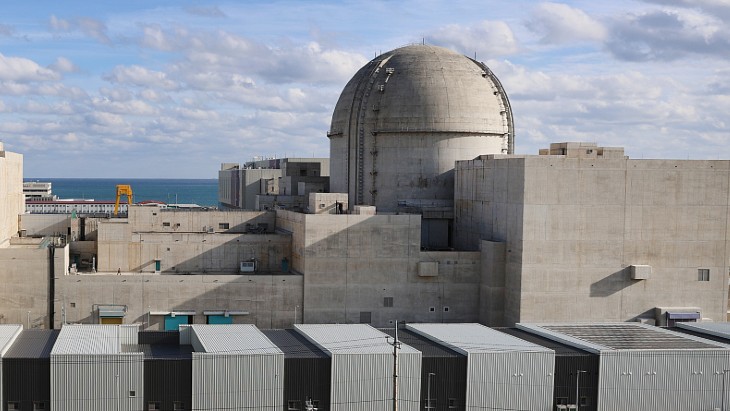Uranium producer Cameco has joined the Global Laser Enrichment (GLE) venture, promising tie-ins across the front end of the nuclear fuel cycle. Together, the stakeholders in GLE have uranium mining, conversion, enrichment and fuel fabrication business units.
A US subsidiary of Saskatoon, Canada-based Cameco has taken a 24% stake in GLE, which is bringing to market a laser-based uranium enrichment technology originally developed by Silex in Australia. The firm paid $123.8 million for the stake using existing credit facilities.
The other shareholders in GLE are General Electric (GE), and Hitachi, which indirectly own 51% and 25% respectively. GE and Hitachi merged their nuclear businesses last year, becoming GE-Hitachi (GEH).
Cameco CEO Jerry Grandey said his firm and GLE had "potential synergies that can be explored to add value for our shareholders." A Cameco statement said the parties may choose to market uranium and enrichment services together, "to satisfy potential customer demand for bundled services."
Cameco is the world's largest producer of uranium and is also involved in conversion, the step in which uranium oxide is converted to a gaseous form (uranium hexafluoride, UF6), suitable for enrichment.
Currently most nuclear power utilities buy their fuel in a distributed way, sourcing uranium, conversion, enrichment and fuel fabrication services from different companies across the globe. Only France's Areva can offer every service, though it is to be joined by Russia's forthcoming AtomEnergoProm. Lisa Price, GEH's senior vice president for the nuclear fuel cycle, said integration in the fuel cycle was an "important long-term growth strategy" for GLE.
The GLE concern is preparing to start up a test loop using Silex technology at the end of this year and could decide in 2009 to build a full-scale plant with a capacity of 3-6.5 million separative work units (SWU) per year. If such a decision is made, the GLE facility could start up in 2012 and achieve commercial operation in 2013, according to company statements.
The plant would be located at GE's Wilmington, North Carolina site, where the company has its main nuclear office and a nuclear fuel fabrication plant, offering further potential for integration.




_72306.jpg)


_49562.jpg)





